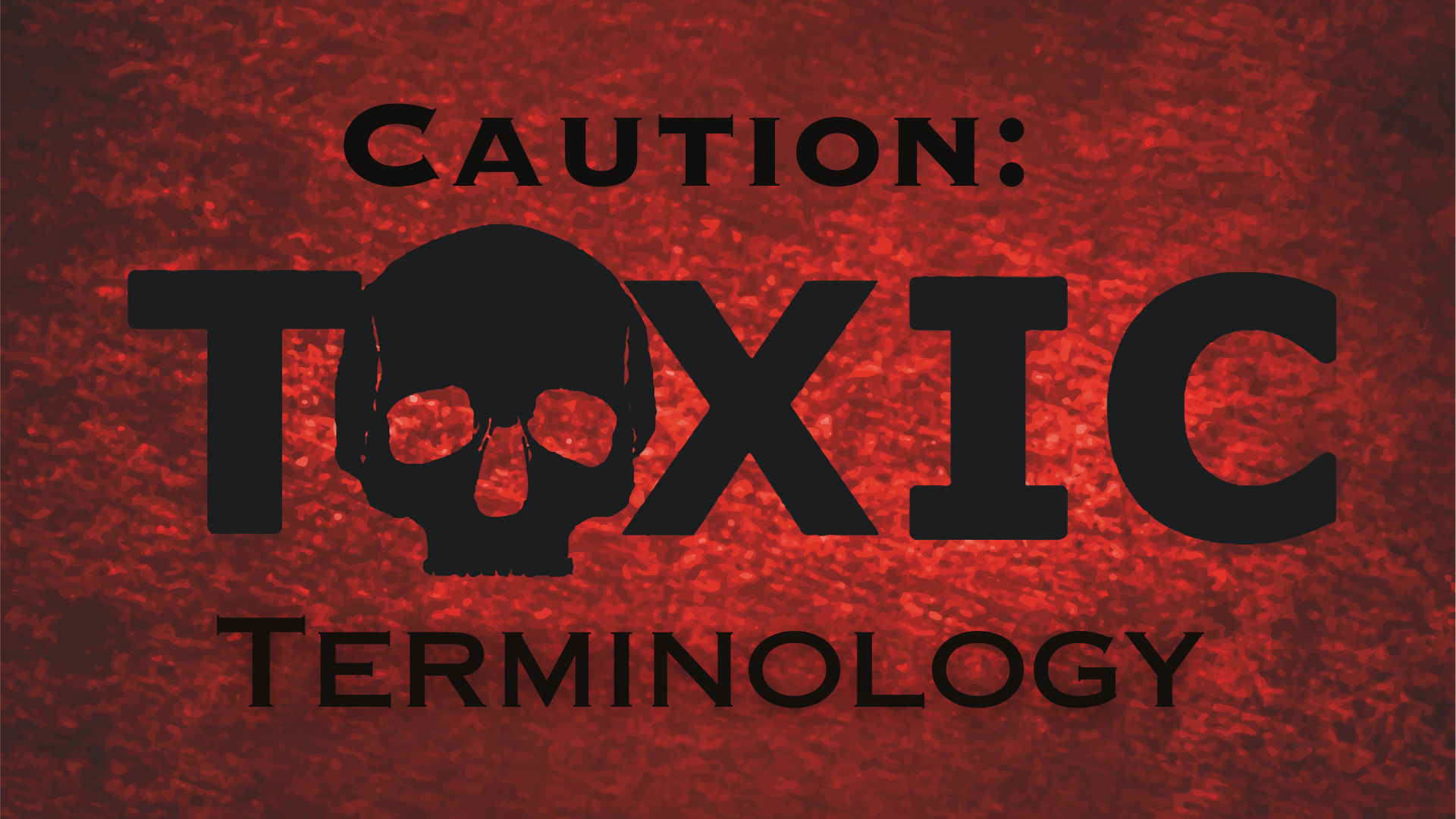UK law starts excluding fathers at birth: what psychosocial impact might this have on children and fathers?
This article is the first of two parts on problems facing fathers.
In November 2021, I returned from 6 months of shared-parental leave. I have two boys under 6 and their mother has done everything she can to let me have as much time as possible with them. I mention their mother because without her consent it would not have been possible to be as involved as I have.
This article – the first of two by me on this subject - will summarise the legislative barriers in the UK to children having a father involved in their lives and the psychosocial impact this may have on the family. I examine the difficulties fathers face to having their name on a birth certificate, obtaining parental responsibility and to having the opportunity to care for their child within the first year of the child’s life. My second article, in the next issue of Male Psychology, will focus on the psychosocial distress associated with family breakdown, child maintenance, and child contact.
“All mothers are automatically given parental rights and responsibilities. This is not the case for all biological fathers.”
According to Office of National Statistics (ONS) data, 31,963 registered births in 2020 had no father identified on their birth certificate. This makes up 5.2% of all births in 2020 – just over 1 in 20 children. The number of registered fatherless births have steadily declined over the last 37 years. Without being on the birth certificate, a father is less likely to have parental rights or responsibilities and cannot make meaningful decisions about the welfare of their child.
Practically every birth certificate issued in the UK has a mother identified on it. All mothers are automatically given parental rights and responsibilities. This is not the case for all biological fathers. A court ruling in 2020 illustrated this: a transgender man, following giving birth to a child, was refused the right to be recorded as the father on the birth certificate instead of the mother.
In that case, Lord Burnett the Judge said that the Children Act 1989 gave a mother automatic parental responsibility at birth and added "No-one else has that automatic parental responsibility, including the father".
The court documents claimed that “...every child should have a mother and should be able to discover who their mother was, because that is in the child’s best interests.” No such stipulation is made about a child’s father.
While the ruling was widely seen as an affront to LGBT rights, the media response failed to recognise the disadvantage fathers are at: from the moment of birth to looking after their child. The law does not recognise that every child has a biological father nor is there the presumption of the parental responsibilities of that father. To be registered as a father of a child at birth is at the discretion of the Mother, unless married.
There is no legal obligation for a mother to inform a biological father that they have a child or to put them on the child's birth certificate. If a biological father does not know he has a child and the mother does not want him to know, he has no right to be made aware.
A child can even be adopted without the consent of a biological father, unless he has been given legal parental responsibility.
If a biological father is aware that he has a child but is not on the birth certificate there are some legal means to apply for parental responsibility without the mother’s consent, though the cost of the process is at the fathers expense. Getting a court order can take around 12 weeks however this may be longer if a DNA test is required first. This can make a fathers desire to care for his children a costly and lengthy endeavour. The first year of an infant's life is an important time for a father and child to bond and the law, for some fathers, makes this bond harder to achieve.
“Paternity leave and parental leave are only available to some fathers in the UK. The majority of leave available to fathers is given by the mother.”
The rationale behind having the mother on the birth certificate but not the father may be based on bodily autonomy: because the woman carried the child, it is hers. This is reflected in current UK law: if a donor egg is used in a surrogate’s womb and therefore the surrogate shares no DNA with the child, the surrogate is still considered the mother.
The rationale could also be based on the historical belief that it was impossible to really know the identity of the father. The law therefore defers to the mother to appoint who she wishes the father/parent to be in the first instance. This however does not reflect modern advancements in technology or other aspects of UK law. Proof of lack of a genetic tie to a child is sufficient evidence for a father to be removed from a birth certificate. It raises the question of what it means to be a father and whether biological fathers should have inherent rights to raise their children in the same way a mother does.
Paternity leave and parental leave are only available to some fathers in the UK. The majority of leave available to fathers is given by the mother. Once a baby is born and if a father has parental responsibility, that father may want to spend some time with the new member of their family. Paternity leave is better than it ever has been in the UK: in 2003, full time employees became entitled to paid paternity leave of 10 working days. However, self-employed fathers, which make up 1 in 5 of the male work force, are entitled to no paid leave – unlike maternity leave for which self-employed mothers are provided with up to £156.66 for 36 weeks.
The purpose of leave is different for mothers and fathers. Mothers require time for physical recuperation and, where possible, to give the best start to babies by breast feeding. Both parents, however, use this time for bonding and engaging in parental responsibilities that historically were strictly gendered.
Shared parental leave was introduced in 2015 and allowed mothers to turn some of their 52 weeks of maternity leave into shared parental leave and give it to their partner. Fathers have no independent right to shared parental leave – even if a mother does not use all of her maternity leave. A form is signed by the mother and given to the father, so the father can give it to their employer, permitting the father to take leave.
“The potential benefits of paternity leave on the father, the child and the family unit are numerous.”
This flexibility is fantastic for a working family unit that communicates. It may be less useful for dads who want to be involved in their children’s lives, but the mother doesn’t allow it. Given that 10.4% of registered fathers in 2020 lived at a different address to their child at the time of birth, it is harder for some dads to obtain time to bond with their infant child.
The potential benefits of paternity leave on the father, the child and the family unit are numerous. For the child it may improve their overall school performance, their perceptions of their father, make a child feel closer to their father and improve their communication with their father.
It can improve a father’s life too. For resident fathers, it may improve their life satisfaction and job satisfaction. Fathers who are entitled to and take paternity leave spend more time caring for their child on a 121 basis. For fathers that don’t live with their infant, paternity leave led to an increase in some forms of non-financial support to both the infant and the mother. Ultimately for non-resident fathers, paternity leave led to longer term involvement with their child.
For the family unit as a whole, paternity leave could lead to fewer arguments about and a more equal distribution of house work. There is some limited evidence that it may reduce the gap in average earnings between men and women. It may also improve the mental health of both the mother and the father.
There is strong evidence that the more protected and non-transferable leave is for a father, the more likely they are to claim it. Argued as a more gender neutral egalitarian approach to child care, the alternative to paternity leave, shared parental leave, is likely to reduce a father’s involvement.
In conclusion, UK law does not value the father's involvement in a child's life in the same way it does the mother. The effect of this is an exclusion of a proportion of fathers from birth. If a father does not know he has a child, the law does not provide him with the legal right to find out. If a father is aware he has a child but the mother denies his parental responsibility, he is obstructed by a costly and lengthy legal process.
Children likely benefit from the involvement of good parenting from their biological father. No one would deny the intrinsic value of a mother’s relationship with their birth child and yet the law does not appear to recognise that same value in a father’s.
My next article will explore how fathers are further excluded during the breakdown of a relationship and how child maintenance calculations may contribute to less contact with a father. I will consider the emotional, social and psychological effects on both children and fathers during this breakdown.
Contributions and editing were made by Tom Hagley. He can be found on twitter at https://twitter.com/TomGHagley
If you have any thoughts on this article I can be found on Twitter and am happy to receive your messages: https://twitter.com/RorylLaing
Scroll down to join the discussion
Disclaimer: This article is for information purposes only and is not a substitute for therapy, legal advice, or other professional opinion. Never disregard such advice because of this article or anything else you have read from the Centre for Male Psychology. The views expressed here do not necessarily reflect those of, or are endorsed by, The Centre for Male Psychology, and we cannot be held responsible for these views. Read our full disclaimer here.
Like our articles?
Click here to subscribe to our FREE newsletter and be first
to hear about news, events, and publications.
Have you got something to say?
Check out our submissions page to find out how to write for us.
.

















































